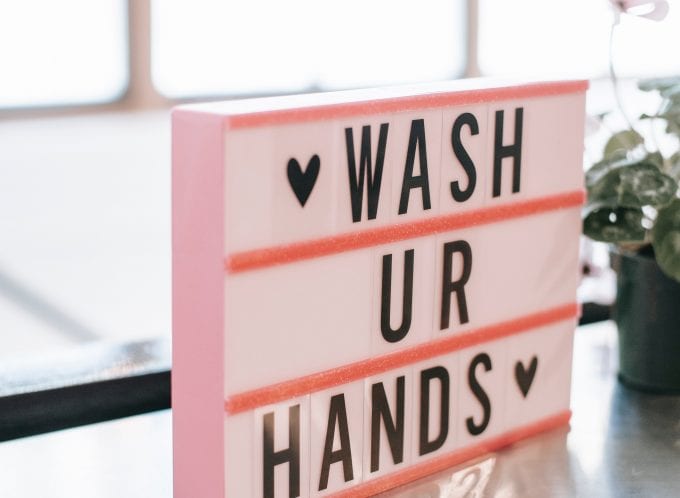Cleaning up your misconceptions about handwashing

If you’ve heard it once you’ve heard it a thousand times in the last 12 months! However keeping hands clean is one the most important steps you can take to avoid getting sick and spreading germs.
Handwashing might seem like a simple task, but do you always put theory into practice correctly? As we head into flu season, we’ve debunked top handwashing myths to clean up any misconceptions.
Myth It doesn’t matter how long I wash my hands, as long as I use soap.
Fact Studies show that you should scrub your hands with soap for 15-30 seconds.
Myth Sanitisers can replace washing your hands with soap and water.
Fact Washing hands with soap and water is the best and most effective way to reduce the number of germs on hands. Sanitisers are not as effective, but are still useful.
Myth You don’t have to dry your hands after washing them.
Fact Studies show that germs can be more easily transferred to and from wet hands, make sure you dry your digits.
Myth The hotter the water, the better.
Fact There’s no research to show higher water temperatures improve hand washing. Hotter water can also dry out skin, which leaves you more susceptible to germs and can make hand washing painful.
Myth Wearing gloves removes the need for hand washing.
Fact Sometimes gloves give people a false sense of security. Handwashing should be undertaken before and after donning gloves because:
- Gloves can have unseen defects.
- Bacteria can multiply rapidly in the moist environment underneath gloves.
- Gloves still carry bacteria on them, which transfers between the things you touch whilst you’re wearing them.
Remember to wash your hands after the bathroom, when handling food and after touching common surfaces.
You can find a handy A4 poster guide to washing your hands, produced by the Australian Men’s Shed Association here.